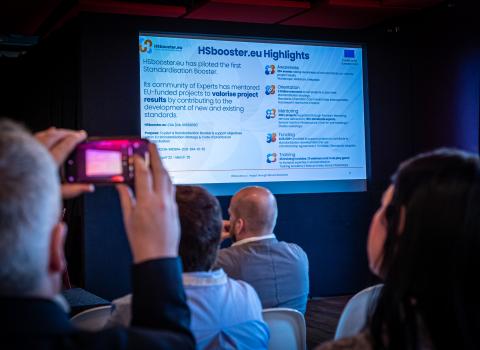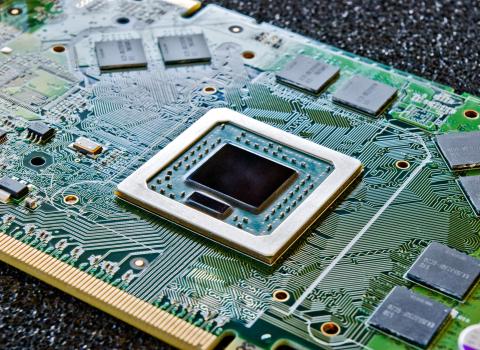The odds of a small business getting a grant from Eurostars is around 25 per cent, making this programme an easier hit than counterparts in Horizon 2020 such as the SME Instrument, where success rates are between 6 – 10 per cent.
Not that they are competing programmes, said Pedro de Sampaio Nunes, head of EUREKA, the body that runs Eurostars. “They’re complementary; part of the same production line, if you want to call it that, for innovation,” he explained.
Grant winners in the €1.2 billion Eurostars programme, can try and take their business ideas further in the SME Instrument, which funds research right through to commercialisation.
All the same, it is obvious why some small businesses would go straight to the SME Instrument, de Sampaio Nunes said. “In some ways it’s easier because you can submit a proposal on your own without going through all the effort of finding partners.” Typically with Eurostars, which is co-financed by the EU’s Horizon 2020 R&D programme and 34 national governments, proposals are put together by companies in two or three different countries.
But, of course, odds of success are lower. And the SME Instrument is not suitable for young start-ups with promising ideas: it only rewards companies that have developed a product which is close to the market.
Background on Eurostars
It is possible for other countries outside the 34-country club to join, if they pay.
There are two deadlines, in spring and summer, for submitting proposals each year. Success means receiving around €1 million per project.
When the programme started, it was anticipated it would receive around 150 applications a year and fund around 40 projects. There are currently between 600-700 applications, of which 150 get funded. “We think we can get to around 1,200 applications,” said de Sampaio Nunes.
The next deadline for submitting an application is 17 September. Visit Eurostars' website here





 A unique international forum for public research organisations and companies to connect their external engagement with strategic interests around their R&D system.
A unique international forum for public research organisations and companies to connect their external engagement with strategic interests around their R&D system.